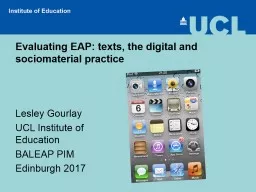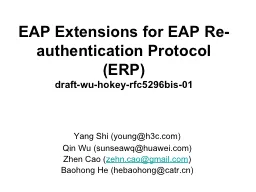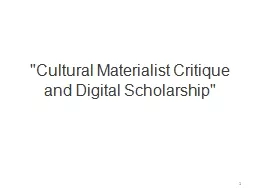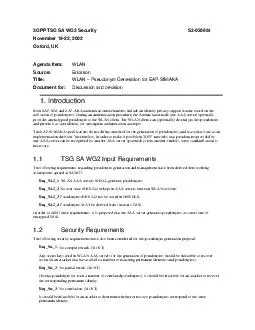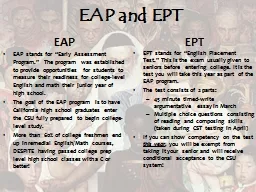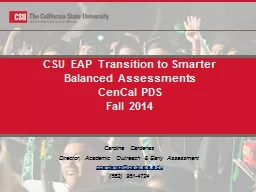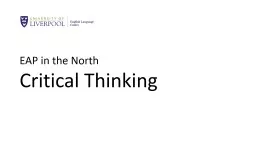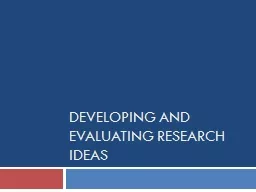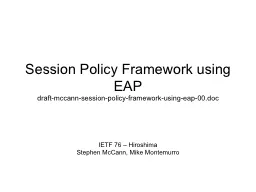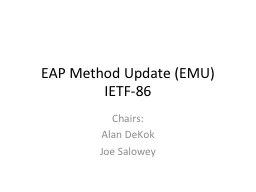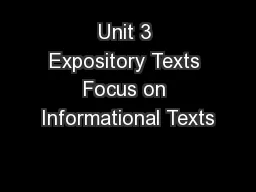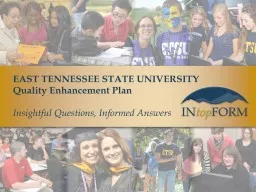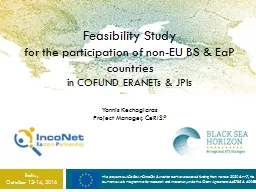PPT-Evaluating EAP: texts, the digital and
Author : tawny-fly | Published Date : 2019-11-25
Evaluating EAP texts the digital and sociomaterial practice Lesley Gourlay UCL Institute of Education BALEAP PIM Edinburgh 2017 2 Modes and media of communication
Presentation Embed Code
Download Presentation
Download Presentation The PPT/PDF document "Evaluating EAP: texts, the digital and" is the property of its rightful owner. Permission is granted to download and print the materials on this website for personal, non-commercial use only, and to display it on your personal computer provided you do not modify the materials and that you retain all copyright notices contained in the materials. By downloading content from our website, you accept the terms of this agreement.
Evaluating EAP: texts, the digital and: Transcript
Download Rules Of Document
"Evaluating EAP: texts, the digital and"The content belongs to its owner. You may download and print it for personal use, without modification, and keep all copyright notices. By downloading, you agree to these terms.
Related Documents

